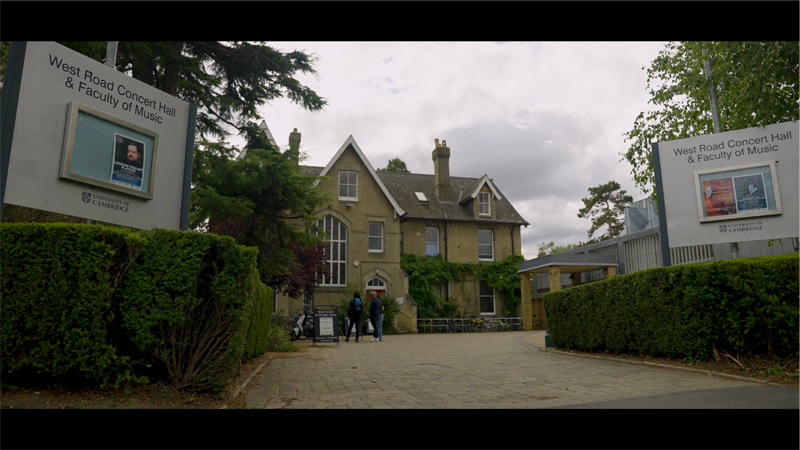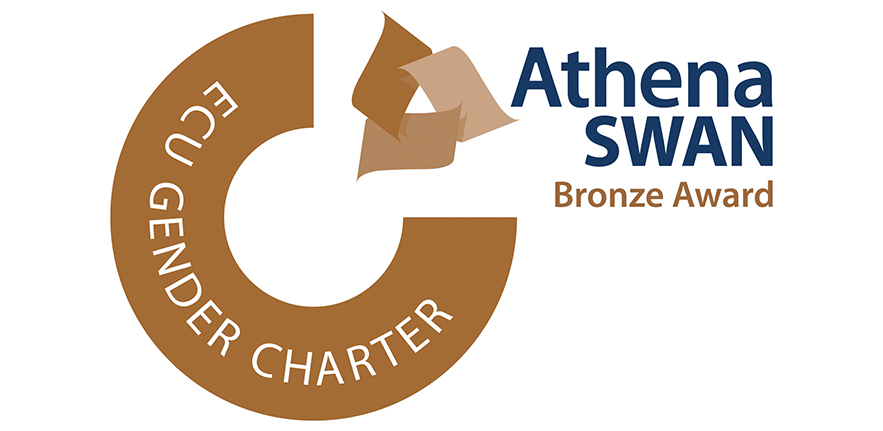Creativity Curtailed, Ideology Imposed: Reconstructing a Hidden History of North Korean Music and Dance
For half a century, a monolithic artistic policy has gone hand in hand with absolute political autocracy in North Korea. This, according to official statements, is because the state has developed a Korean style of human rights based on the will of the people. Within this, artists, including musicians and dancers, must adhere to ‘literary art theory,’ which requires ideological purity and uses approved model works to generate new artistic production. To do so is, it is claimed, to respect the people, because people dislike change and experimentation. It is commonly stated that North Korean ideology is unchanging, but in this paper I show this to be false by documenting a transition from creative art to ideological art. This transition began in 1955 with the so-called ‘juche speech’ and the ‘flying horse’ mass movement, and was cast in stone with Kim Il Sung’s 1967 ‘May 25 instructions’. I explore articles in two journals, Chosŏn ŭmak (Korean Music) and Chosŏn yesul (Korean Arts) that stand testament to this transition and were published during the period 1955–1967. Long banned from the shelves of North Korean libraries because they reveal divergent and critical approaches to the imposition of ideology and control, I have worked with copies of these journals, and other pre-1967 materials, held by the Library of Congress, Columbia University, Harvard Yenching, and in China, South Korea and Britain. In my paper, I look, first, at how Kim Wŏn’gyun (1917–2002) – the composer of the first significant song explicitly celebrating Kim Il Sung as North Korea’s leader – abandoned his Soviet training to argue that songs must replace ‘abstract’ orchestral and instrumental forms, and how musicologists settled on a ‘national’ song style that responded to Kim Il Sung’s speeches but was based on folk song transcriptions. Second, I turn to the dancer Ch’oe Sŭnghŭi (1911–1968?), the most significant twentieth-century Korean dancer, whose choreographies still form the foundations for both North Korea’s ‘national dances’ and South Korea’s ‘modern dances’. I show how she fought criticism, was purged then rehabilitated, continued to resist conforming, then vanished.



